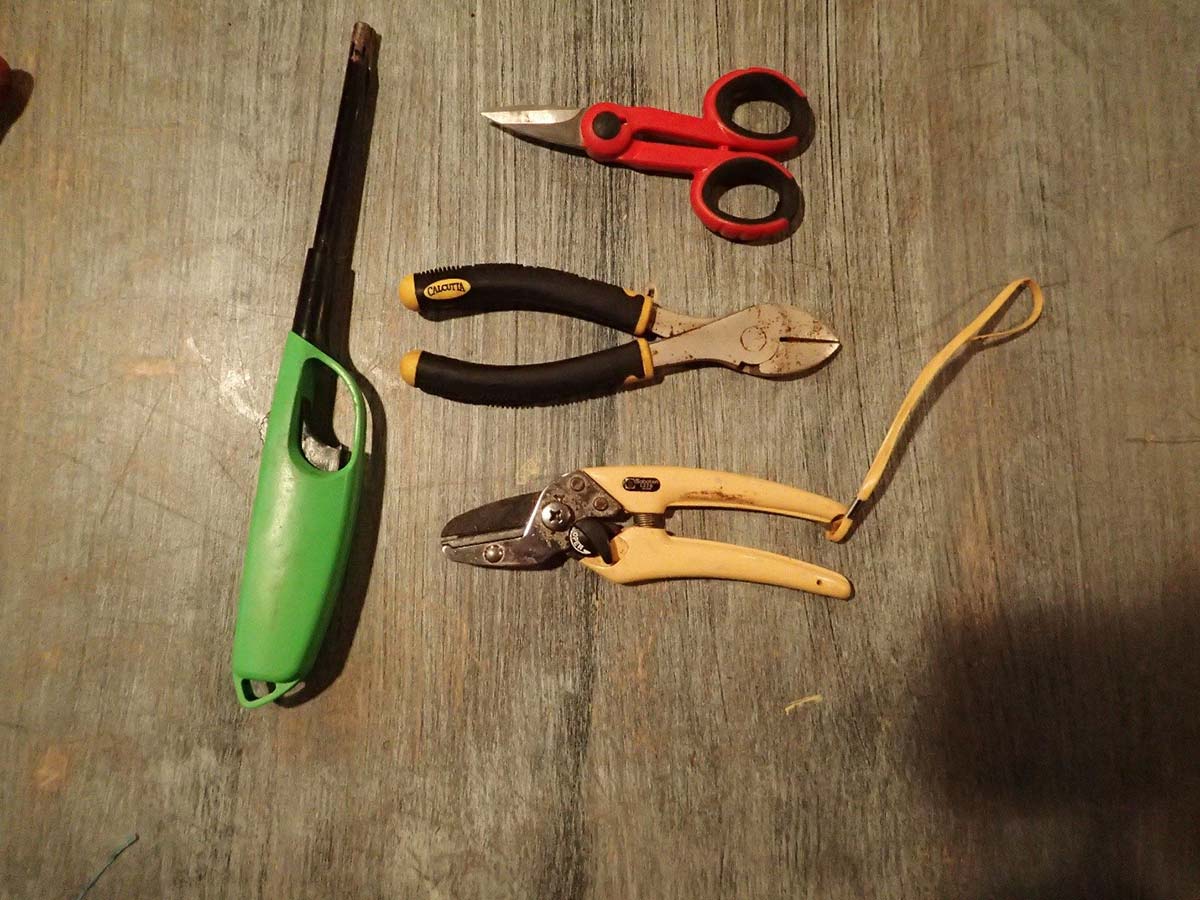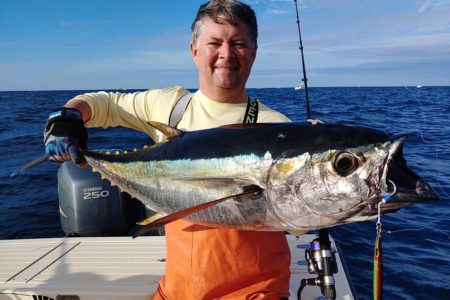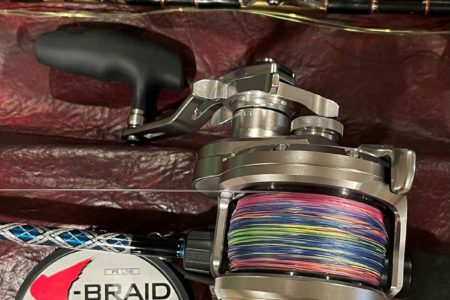
All the best preparation is for naught without the right connection on the terminal end of your line.
You are completely spooled up with braid (either hollow or solid), and a mono top shot is attached. The reel is packed and ready to go except for the terminal end. This where the rubber meets the road and there are several options to choose from depending on the application.
First let’s discuss trolling gear. Trolling tackle usually employs higher pound test mono and a swivel. Having higher breaking strength and abrasion resistance at the terminal end will help prevent break-offs. You can get away with beefing it up here because when trolling, most of the line is out of the water. The easiest way to achieve this is to double the line. Keep in mind IGFA rules which state, “The leader on all classes of tackle over 10 kilograms (20 pounds) shall be limited to 9.14 meters (30 feet). The combined length of the double line and leader shall be limited to 12.19 meters (40 feet).” Which means if the leaders on your lures are 10 feet or less, you can use up to 30 feet of double line.
There are three main knots used to create a double line (Bimini twist, Aussie plait, and spider hitch). Of the three noted, the most used is the Bimini twist. The Aussie plait—for braid once learned—is neater, more compact and versatile. When using a double line an offshore swivel knot is the preferred option to attach the swivel. These knots work well up to 100-pound test. If using heavier line, consider crimping.
When adding the snap swivel, if the top shot is 100-pound test or greater crimp it, too. The higher the pound test the thicker the line and the tougher it is to tie perfect knots; 80- or below and knots are no problem. If you use heavier top shots doubling the line may not be necessary and you can easily crimp on a snap swivel. Either way the rods should have Big Foot roll-on guides. These guides are larger to accommodate doubled lines, wind on leaders, and knots.
There are several knots that are specifically intended to attach swivels to a single mainline. The Improved Clinch knot is probably the most common; it is very easy to tie and reliable. Similar to the Clinch knot is the Uni knot. Either one, when tied correctly, will do fine. A little more complicated, but preferred by offshore fishermen, is the San Diego Jam knot. If you are using lighter line, consider the double jam (which can also replace the offshore swivel knot in the double line case mentioned prior).
For spinning gear, a knot that doesn’t constrict a lure’s intended movement is preferred, and the best way to accomplish this is with a loop knot that does not shrink under pressure. The best option is the Lefty’s Loop. This knot is great for attaching plugs, jigs, poppers, RonZ’s and Slug-Go-type lures. If you are often changing lures out during a fishing trip using split rings is a neat fool-proof way to insure a solid connection as snap swivels and paper clip type connectors are too bulky. Use a good set of split ring pliers to take the lure off (leaving it connected to the line) then simply spin on a new one. The other option is cutting it off and retying the Lefty’s Loop. Either way the split ring makes things easier.
Whichever knots you choose, perfect them! Make sure you are tying them 100 percent. Lubricate your knots with saliva and cinch them completely down. If a knot slightly moves during an intense hook-up the instant heat created will compromise the line and may result in a lost fish. While out fishing laminated knot cards or pictures stored on your phone can help remind you of exact procedures.



